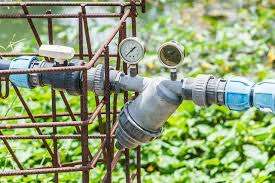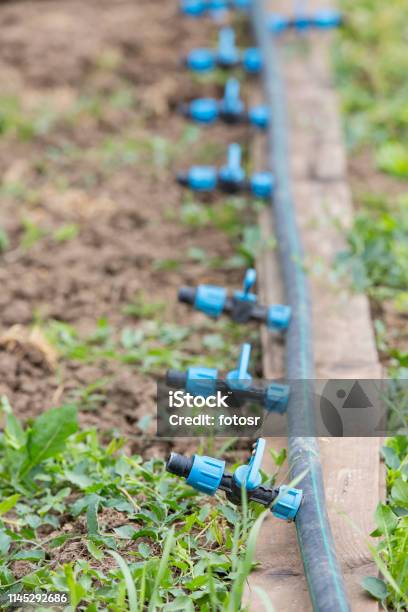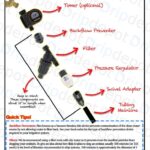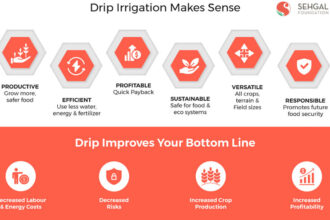Drip irrigation is an innovative and efficient watering technique that delivers water directly to the roots of plants. This guide covers the essentials of drip irrigation, its benefits, components, and applications.

Understanding Drip Irrigation
Drip irrigation, also known as trickle irrigation, involves distributing water through a system of pipes, tubes, and emitters directly to the base of plants. It minimizes water wastage and ensures precise application.
Key Components of a Drip Irrigation System
| Component | Description |
|---|---|
| Water Source | Reservoir, tank, or main supply line. |
| Filter | Prevents debris from clogging emitters. |
| Mainline Tubing | Delivers water from the source to the field. |
| Emitters | Control the flow of water to plant roots. |
| Pressure Regulator | Maintains consistent water pressure. |
| Valves | Used to control and section off water flow. |
Benefits of Drip Irrigation
- Water Efficiency
- Delivers water directly to plant roots.
- Reduces evaporation and runoff.
- Cost Savings
- Lowers water bills and energy costs.
- Reduces labor for watering and maintenance.
- Improved Plant Health
- Provides consistent moisture levels.
- Prevents diseases by keeping foliage dry.
- Flexibility
- Suitable for various terrains and crops.
- Easily customizable to specific needs.
- Environmental Benefits
- Conserves water resources.
- Reduces soil erosion and nutrient loss.

Applications of Drip Irrigation
| Application | Suitable Crops |
| Row Crops | Vegetables, strawberries, and melons. |
| Orchards | Citrus, apples, and nuts. |
| Greenhouses | Flowers, herbs, and nursery plants. |
| Home Gardens | Lawns, flowerbeds, and vegetable patches. |
User Feedback on Drip Irrigation
Arjun, Vegetable Farmer: “Switching to drip irrigation reduced my water use by half and improved my crop yield significantly.”
Emily, Home Gardener: “I love how easy it is to set up and maintain. My garden has never looked healthier!”
Javier, Orchard Owner: “The system is a great investment. It’s efficient and saves me a lot of time.”
Pro Tips for Effective Drip Irrigation
- Plan the Layout: Map your system to ensure all plants receive water.
- Invest in Quality Equipment: Use durable tubing and reliable emitters.
- Regular Maintenance: Clean filters and check for clogs in emitters.
- Monitor Water Usage: Use a water meter to track efficiency.
- Adjust for Seasons: Modify watering schedules based on weather changes.
Challenges of Drip Irrigation
- Initial Setup Cost: Requires investment in equipment and installation.
- Maintenance Needs: Filters and emitters need regular cleaning.
- Clogging Issues: Debris or mineral deposits can block emitters.
- Not Ideal for All Crops: Less effective for crops requiring water on foliage.

Conclusion
Drip irrigation is a revolutionary method that combines efficiency, sustainability, and precision. By addressing its challenges and adopting best practices, farmers and gardeners can enjoy its numerous benefits. Whether for large-scale agriculture or small gardens, drip irrigation offers a sustainable solution for water management.





